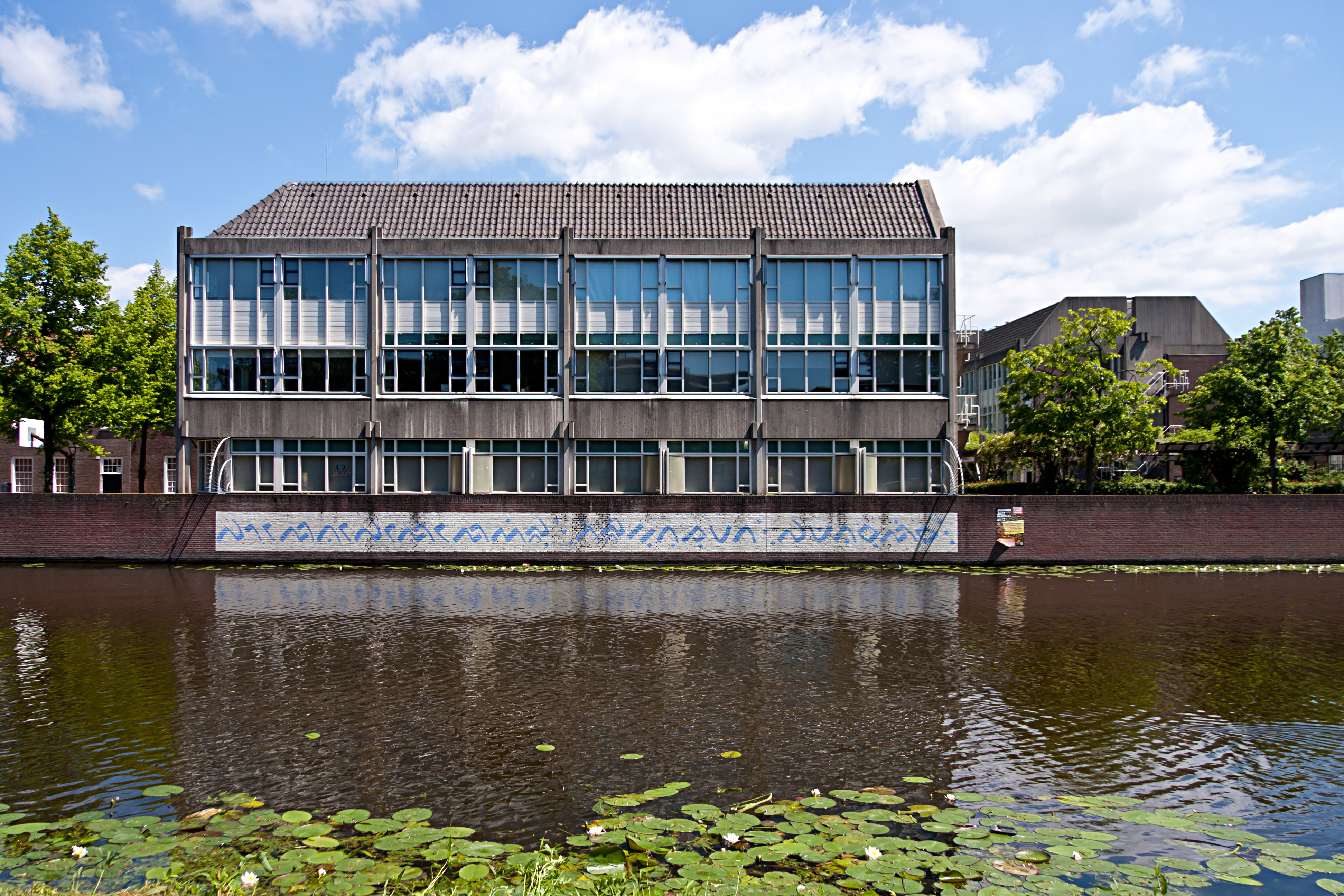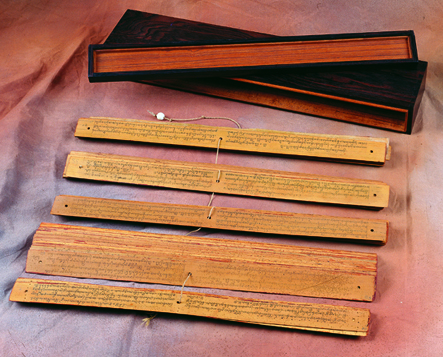|
Sapeh
Sapeh, also spelled sape, sapeʼ, sapek, sapeik, sapeq, sampeh, sampeʼ, sampek, or sampeq () is a traditional string instrument of Borneo-origin that developed in northern, eastern, and central regions of Kalimantan and Sarawak. It is a wooden-base instrument with strings attached, and works in a manner similar to the guitar. Since the 1950s, these string instruments from all across the Indonesian Archipelago have been officially recognized by the Indonesian government as one of the national Intangible Cultural Heritages of Indonesia in the domains of Traditional Skills and Crafts, Community Customs, Rites, and Celebrations, Performing Arts, as well as Traditions and Expressions of the Natives, and has been digitilized since at least 2010. Some native Dayak maestros of these musical instrument are highly respected by Indonesia and have been awarded (), such as Mr. Arang from Bulungan and Mr. Irang Awai from Kutai. Sapeh was also played with a bow like the Western cello ... [...More Info...] [...Related Items...] OR: [Wikipedia] [Google] [Baidu] |
Sarawak
Sarawak ( , ) is a States and federal territories of Malaysia, state of Malaysia. It is the largest among the 13 states, with an area almost equal to that of Peninsular Malaysia. Sarawak is located in East Malaysia in northwest Borneo, and is bordered by the Malaysian state of Sabah to the northeast, Kalimantan (the Indonesian portion of Borneo) to the south, and Brunei in the north. The state capital, Kuching, is the largest city in Sarawak, the economic centre of the state, and the seat of the Sarawak state government. Other cities and towns in Sarawak include Miri, Malaysia, Miri, Sibu, and Bintulu. As of 2020 Malaysia census, the population of Sarawak was 2.453 million. Sarawak has an equatorial climate with tropical rainforests and abundant animal and plant species. It has several prominent cave systems at Gunung Mulu National Park. Rajang River is the longest river in Malaysia; Bakun Dam, one of the largest dams in Southeast Asia, is located on one of its tributaries, the ... [...More Info...] [...Related Items...] OR: [Wikipedia] [Google] [Baidu] |
Tropenmuseum
The Wereldmuseum Amsterdam (previously known as Tropenmuseum () between 1950 and 2023) is an ethnographic museum with its headquarters in Amsterdam, Netherlands. It was originally founded in Haarlem, Netherlands in 1864 under the name ''Koloniaal Museum'' () and later renamed ''Tropenmuseum'' (). The Wereldmuseum is one of the largest museums in Amsterdam. It has a permanent exhibition of part of its collection and hosts temporary exhibitions, including contemporary, modern and traditional visual arts and photographic works. The museum is part of the Nationaal Museum van Wereldculturen (Museum of World Cultures), a combination of three ethnographic museums in the Netherlands. History Frederick van Eeden, father of the writer Frederik van Eeden, and secretary of the ''Maatschappij ter bevordering van Nijverheid'' () established the ''Koloniaal Museum'' () in Haarlem in 1864, and opened the museum to the public in 1871. The museum was founded in order to show Dutch overseas posses ... [...More Info...] [...Related Items...] OR: [Wikipedia] [Google] [Baidu] |
KITLV
The KITLV/Royal Netherlands Institute of Southeast Asian and Caribbean Studies (, abbreviated as KITLV) at Leiden was founded in 1851. Its objective is the advancement of the study of the anthropology, linguistics, social sciences, and history of Southeast Asia, the Pacific Area, and the Caribbean. Special emphasis is laid on the former Dutch colonies of the Dutch East Indies (now Indonesia), Suriname, and the Dutch West Indies (the Netherlands Antilles and Aruba). Its unique collection of books, manuscripts, prints and photographs attracts visiting scholars from all over the world. On July 1, 2014, the management of the collection was taken over by Leiden University Libraries. Jakarta In 1969, a KITLV office was started by Hans Ras in Jakarta ("KITLV-Jakarta"), as a part of an agreement with the Indonesian Institute of Sciences. Here, publications from Indonesia, Malaysia and Singapore are bought and given a place in the library of the institute, publications of the institute ... [...More Info...] [...Related Items...] OR: [Wikipedia] [Google] [Baidu] |
Dayak People
The Dayak (; older spelling: Dajak) or Dyak or Dayuh are the native groups of Borneo. It is a loose term for over 200 riverine and hill-dwelling ethnic groups, located principally in the central and southern interior of Borneo, each with its own dialect, customs, laws, territory, and culture, although common distinguishing traits are readily identifiable. The Dayak were animist (Kaharingan and Folk Hindus) in belief; however, since the 19th century there has been mass conversion to Christianity and to Islam. Etymology It is commonly assumed that the name originates from the Bruneian and Melanau word for "interior people", without any reference to an exact ethnic group. Particularly, it derives from a related Kenyah word for "upstream" (compare with ethnonym Lun ''Dayeh''). The term was adopted by Dutch and German authors as an umbrella term for any non-Muslim natives of Borneo. Thus, historically, the difference between Dayak and non-Dayak natives could be understood as a ... [...More Info...] [...Related Items...] OR: [Wikipedia] [Google] [Baidu] |
Erau (), a river flowing through the department
{{disambiguation ...
Erau or ERAU may refer to: * Erau, an Indonesian cultural festival *Embry–Riddle Aeronautical University, a university with campuses in Daytona Beach, Florida and Prescott, Arizona, United States * Eesti Raadioamatööride Ühing, an amateur radio organization in Estonia *Hérault (), a department in Occitania, southern France **Hérault (river) The Hérault (; ) is a river in southern France. Its length is . Its source is on the slopes of Mont Aigoual in the Cévennes mountains. It reaches the Mediterranean Sea near Agde. Name The river was known in Latin as ''Arauris'' (or ''Araura'' ... [...More Info...] [...Related Items...] OR: [Wikipedia] [Google] [Baidu] |
Royal Netherlands Institute Of Southeast Asian And Caribbean Studies
The KITLV/Royal Netherlands Institute of Southeast Asian and Caribbean Studies (, abbreviated as KITLV) at Leiden was founded in 1851. Its objective is the advancement of the study of the anthropology, linguistics, social sciences, and history of Southeast Asia, the Pacific Area, and the Caribbean. Special emphasis is laid on the former Dutch colonies of the Dutch East Indies (now Indonesia), Suriname, and the Dutch West Indies (the Netherlands Antilles and Aruba). Its unique collection of books, manuscripts, prints and photographs attracts visiting scholars from all over the world. On July 1, 2014, the management of the collection was taken over by Leiden University Libraries. Jakarta In 1969, a KITLV office was started by Hans Ras in Jakarta ("KITLV-Jakarta"), as a part of an agreement with the Indonesian Institute of Sciences. Here, publications from Indonesia, Malaysia and Singapore are bought and given a place in the library of the institute, publications of the institute ... [...More Info...] [...Related Items...] OR: [Wikipedia] [Google] [Baidu] |
Old Javanese
Old Javanese or Kawi is an Austronesian languages, Austronesian language and the oldest attested phase of the Javanese language. It was natively spoken in the central and eastern part of Java Island, what is now Central Java, Special Region of Yogyakarta, Yogyakarta and East Java Provinces, Indonesia. As a literary language, Kawi was used across Java and on the islands of Madura, Bali, and Lombok. History The oldest example written entirely in Ancient Javanese, called the Sukabumi inscription, is dated 25 March 804 AD. This inscription, located in the district of Kepung in the Kediri Regency of East Java, is a copy of the original, dated some 120 years earlier (only this copy has been preserved). Its contents concern the construction of a dam for an irrigation canal near the river Śrī Hariñjing (now shortened to Srinjing). This inscription is the last of its kind to be written using Pallava script; all consequent examples of Old Javanese are written using Kawi script. De ... [...More Info...] [...Related Items...] OR: [Wikipedia] [Google] [Baidu] |
Dayak Languages
The Dayak (; older spelling: Dajak) or Dyak or Dayuh are the native groups of Borneo. It is a loose term for over 200 riverine and hill-dwelling ethnic groups, located principally in the central and southern interior of Borneo, each with its own dialect, customs, laws, territory, and culture, although common distinguishing traits are readily identifiable. The Dayak were animist (Kaharingan and Folk Hindus) in belief; however, since the 19th century there has been mass conversion to Christianity and to Islam. Etymology It is commonly assumed that the name originates from the Bruneian and Melanau word for "interior people", without any reference to an exact ethnic group. Particularly, it derives from a related Kenyah word for "upstream" (compare with ethnonym Lun ''Dayeh''). The term was adopted by Dutch and German authors as an umbrella term for any non-Muslim natives of Borneo. Thus, historically, the difference between Dayak and non-Dayak natives could be understood as a r ... [...More Info...] [...Related Items...] OR: [Wikipedia] [Google] [Baidu] |
Etymology
Etymology ( ) is the study of the origin and evolution of words—including their constituent units of sound and meaning—across time. In the 21st century a subfield within linguistics, etymology has become a more rigorously scientific study. Most directly tied to historical linguistics, philology, and semiotics, it additionally draws upon comparative semantics, morphology, pragmatics, and phonetics in order to attempt a comprehensive and chronological catalogue of all meanings and changes that a word (and its related parts) carries throughout its history. The origin of any particular word is also known as its ''etymology''. For languages with a long written history, etymologists make use of texts, particularly texts about the language itself, to gather knowledge about how words were used during earlier periods, how they developed in meaning and form, or when and how they entered the language. Etymologists also apply the methods of comparative linguistics to reconstruct in ... [...More Info...] [...Related Items...] OR: [Wikipedia] [Google] [Baidu] |
Majapahit
Majapahit (; (eastern and central dialect) or (western dialect)), also known as Wilwatikta (; ), was a Javanese people, Javanese Hinduism, Hindu-Buddhism, Buddhist thalassocracy, thalassocratic empire in Southeast Asia based on the island of Java (in modern-day Indonesia). At its greatest extent, following significant military expansions, the territory of the empire and its tributary states covered almost the entire Nusantara (term), Nusantara archipelago, spanning both Asia and Oceania. After a Regreg war, civil war that weakened control over the vassal states, the empire slowly declined before collapsing in 1527 due to an Demak–Majapahit conflicts, invasion by the Demak Sultanate, Sultanate of Demak. The fall of Majapahit saw the rise of History of Indonesia#Islamic civilizations, Islamic kingdoms in Java. Established by Raden Wijaya in 1292, Majapahit rose to power after the Mongol invasion of Java and reached its peak during the era of the queen Tribhuwana Wijayatungga ... [...More Info...] [...Related Items...] OR: [Wikipedia] [Google] [Baidu] |
Singhasari
Singhasari ( or , ), also known as Tumapel, was a Javanese people, Javanese Hindu-Buddist empires, Hindu-Buddhist Monarchy, kingdom located in east Java (island), Java between 1222 and 1292. The kingdom succeeded the Kingdom of Kediri as the dominant kingdom in eastern Java. The kingdom's name is cognate to the Singosari district of Malang Regency, located several kilometres north of Malang City. Etymology Singhasari (alternate spelling: ''Singosari'') was mentioned in several Javanese manuscripts, including Pararaton. According to tradition, the name was given by Ken Arok during the foundation of the new kingdom to replace its old name, Tumapel, located in a fertile highland valley which today corresponds to the area in and around Malang city. It derives from Sanskrit word ''singha'' which means "lion" and ''sari'' which in Old Javanese could mean either "essence" or "to sleep". Thus Singhasari could be translated as "essence of lion" or "sleeping lion". Although the asiati ... [...More Info...] [...Related Items...] OR: [Wikipedia] [Google] [Baidu] |



